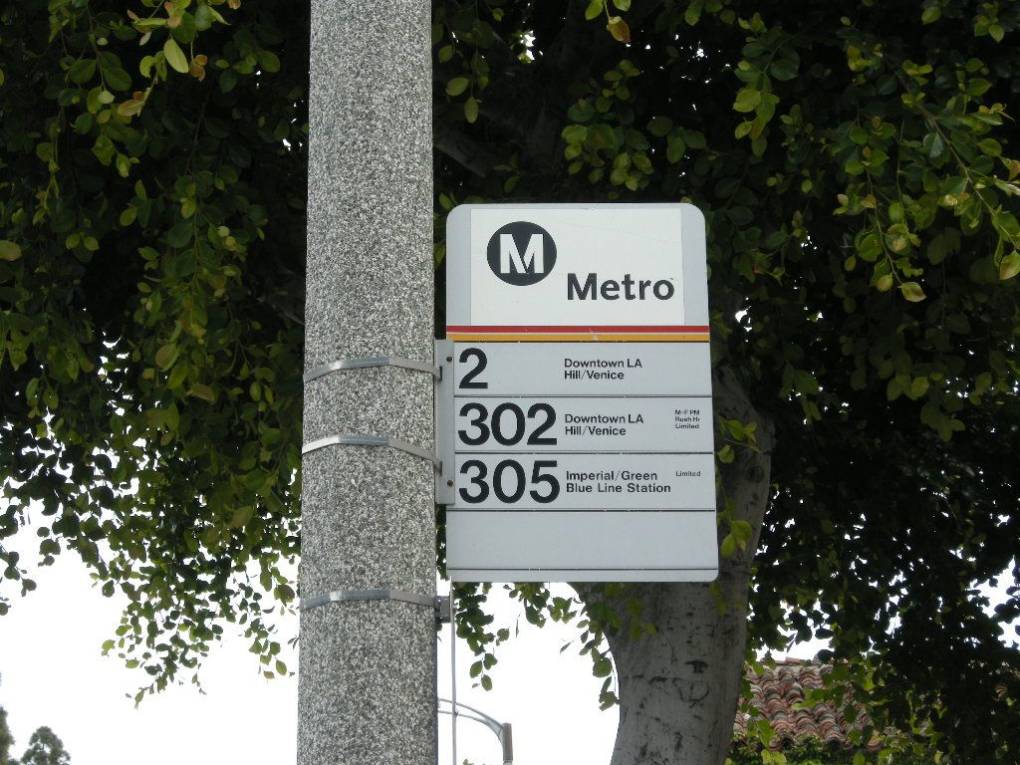When cities add light rail and cut bus service, are they “robbing Peter to pay Paul?”
By Alex Schmidt
It really is true that decent public transport to Angelenos is like the Holy Grail to Indiana Jones — especially on L.A.’s Westside. Looking a bit more deeply into transportation in L.A. makes you check certain assumptions that you may have grown up with. There are, after all, over one million people who ride public transport here every day, and most of that takes place on buses.
Now, and when bus cuts were previously threatened L.A. (notably when the Red and Gold lines opened on the east side of town), Metro has been accused of racism. In fact, in 1996, the NAACP and Bus Rider’s Union sued the MTA in federal court and won a consent decree to expand the bus system every year for 10 years. Now that the consent decree has ended, bus lines have been cut regularly. And once again, the Bus Rider’s Union has filed a complaint with the FTA’s Office of Civil Rights. Such investigations take many months, and sometimes as long as a year, so it’s not likely that it will halt the cuts this time around.
While playing the race card may sometimes be effective at halting bus cuts, such a tactic may drown out more detailed and pragmatic conversations that need to be had about the efficacy of Metro’s plans. Every planning expert I talked to for this story, including Allison Yoh, the very expert Metro pointed me to, said that rail was not an ideal public transit solution for L.A. in most places — having little to do with race, and mostly to do with ridership patterns, density, and budgets. Knowledgeable folks have been yelling about this for years, and yet even the existence of this argument comes as a surprise to many.
I myself was car-free in L.A. for seven months in 2009. I commuted from my home in Westwood to my job in Santa Monica along Wilshire Boulevard, on the 720 bus — and it was great — on time, regular, clean, fast. But once you go back to the car, that world seems far, far away. I forgot that a system of buses can work, and got caught up in the magic bullet myth of rail, until I reported this story. A few weeks from now, I may be cheering for rail as a cure-all once again. Why so many Angelenos return to this position may have to do with ineffective messaging coming from the leaders in this fight — leaders on both sides of the debate.
Alex Schmidt is a freelance reporter based in Southern California. Her companion radio feature to this post, airing Friday on KQED’s The California Report, was produced in collaboration with Spot.Us, a non-profit organization that supports independent journalists.
All radio and web features from our series, “Miles to Go: Building a More Sustainable California,” are posted on our special coverage page.

